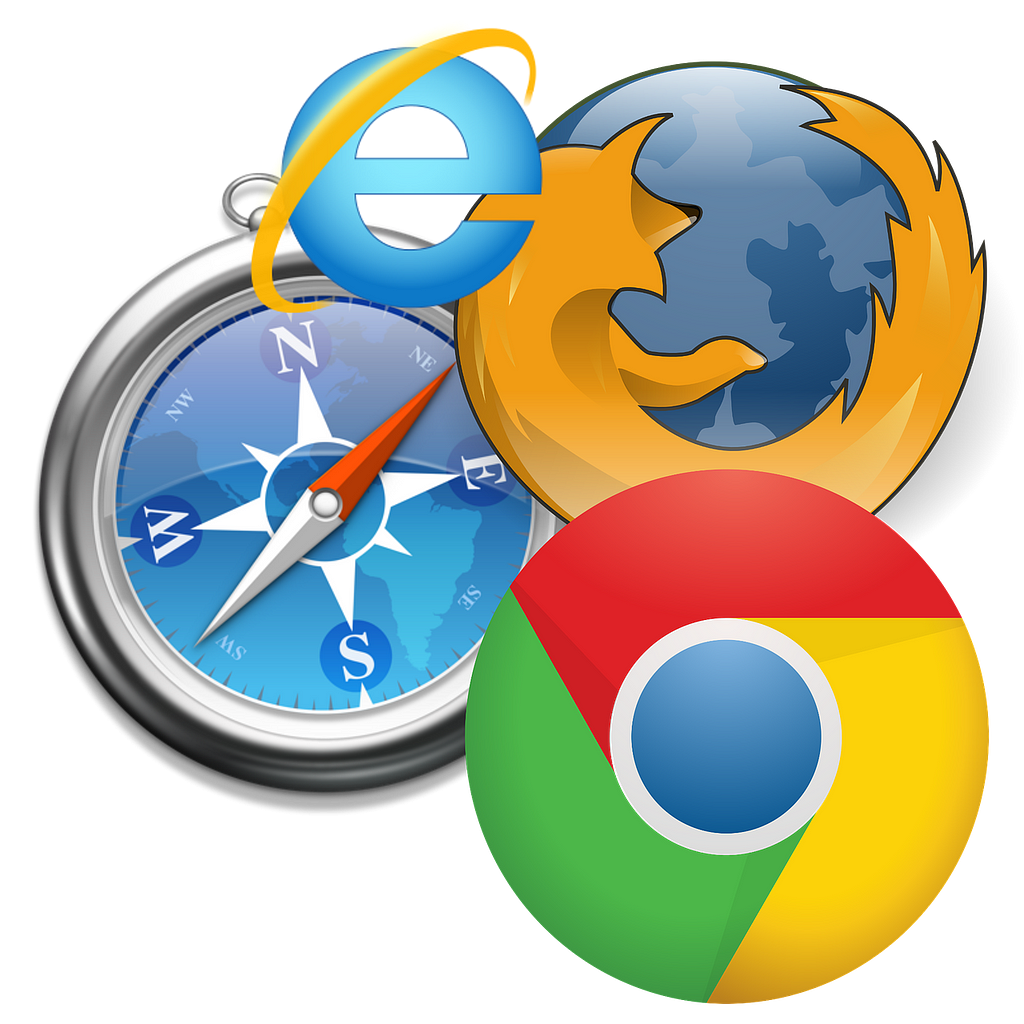Latest news about Bitcoin and all cryptocurrencies. Your daily crypto news habit.

As a fledgling web developer back at the turn of the century, I worked at a major telecoms company in London. The machine I used in the year 2001 was an 800 Mhz Pentium, running Windows 95, and the browser war back then was between Internet Explorer, and Netscape Navigator. Even then the browser of choice for web developers, and many casual users, was Netscape. For me the reason was that the first web browser I had ever used was X-Mosaic on a Sun SPARCstation, and given that Marc Andreessen had then moved on from Mosaic to Netscape, I had a certain degree of customer loyalty. More importantly, Netscape just…worked better. For me, and for many others, Netscape beat IE into a distant second.
However, Microsoft woke up to the fact that the Internet might just be an interesting technological development, and in 1995 Bill Gates ordered a full-scale assault on Netscape Navigator. The assault was abetted in no small measure by the fact that IE shipped with the Windows 95 OS, and it therefore became the de facto browsing software for the millions of users who bought Windows operating systems. For those who were not around then, let me outline this here — the practice was outrageous, monopolising, and subject to a colossal anti-trust lawsuit that at one point threatened to actually formally split the mega-corporation of Microsoft into constituent elements. By the time I was developing websites in 2001, the case had been tentatively settled, but the tech backlash to such practices ultimately led to a whole raft of other browsers coming to the fore, including Opera, Google Chrome (ouch) and, of course, the phoenix from the ashes of Navigator in the form of Firefox.
This historical background only serves to increase my dismay when I read that Microsoft are going down a similar route now. In a Windows Insider release note dated from 16th March, alongside codecs like HEVC and tweaks to Windows Defender, is the announcement of a change where “links clicked on within the Windows Mail app will open in Microsoft Edge, which provides the best, most secure and consistent experience on Windows 10 and across your devices.” According to the Guardian, the mail links will default to opening in Edge, thus ignoring any other default apps or browsers.
The historical battle of the browsers, and the proliferation of free productivity apps, leads me to conclude that the majority of users tend to want free choice over which services are opened in which particular item of software. Edge has something akin to 4% market share. Firefox has three times more, and Chrome bats everybody out of the virtual water with 67% of the market. The consumer has already chosen. Microsoft’s incredibly aggressive pushing of the original IE did work, but its consequences were chastening for Microsoft itself, and you would have thought that they had learned their lesson.
So, really, Microsoft, think again. With your browser war history, anti-trust lawsuits, and standing in the tech community, just don’t. Let other browsers open mail within their own platforms, and pour your resources and talent and time into creating a browser that is really slim, speedy and functional. The way Google Chrome used to be.
References:
- Netscape: the web browser that came back to haunt Microsoft
- Long antitrust saga ends for Microsoft
- Announcing Windows 10 Insider Preview Build 17623 for Skip Ahead
Microsoft Edges closer to forcing users to use just one browser. Theirs. was originally published in Hacker Noon on Medium, where people are continuing the conversation by highlighting and responding to this story.
Disclaimer
The views and opinions expressed in this article are solely those of the authors and do not reflect the views of Bitcoin Insider. Every investment and trading move involves risk - this is especially true for cryptocurrencies given their volatility. We strongly advise our readers to conduct their own research when making a decision.